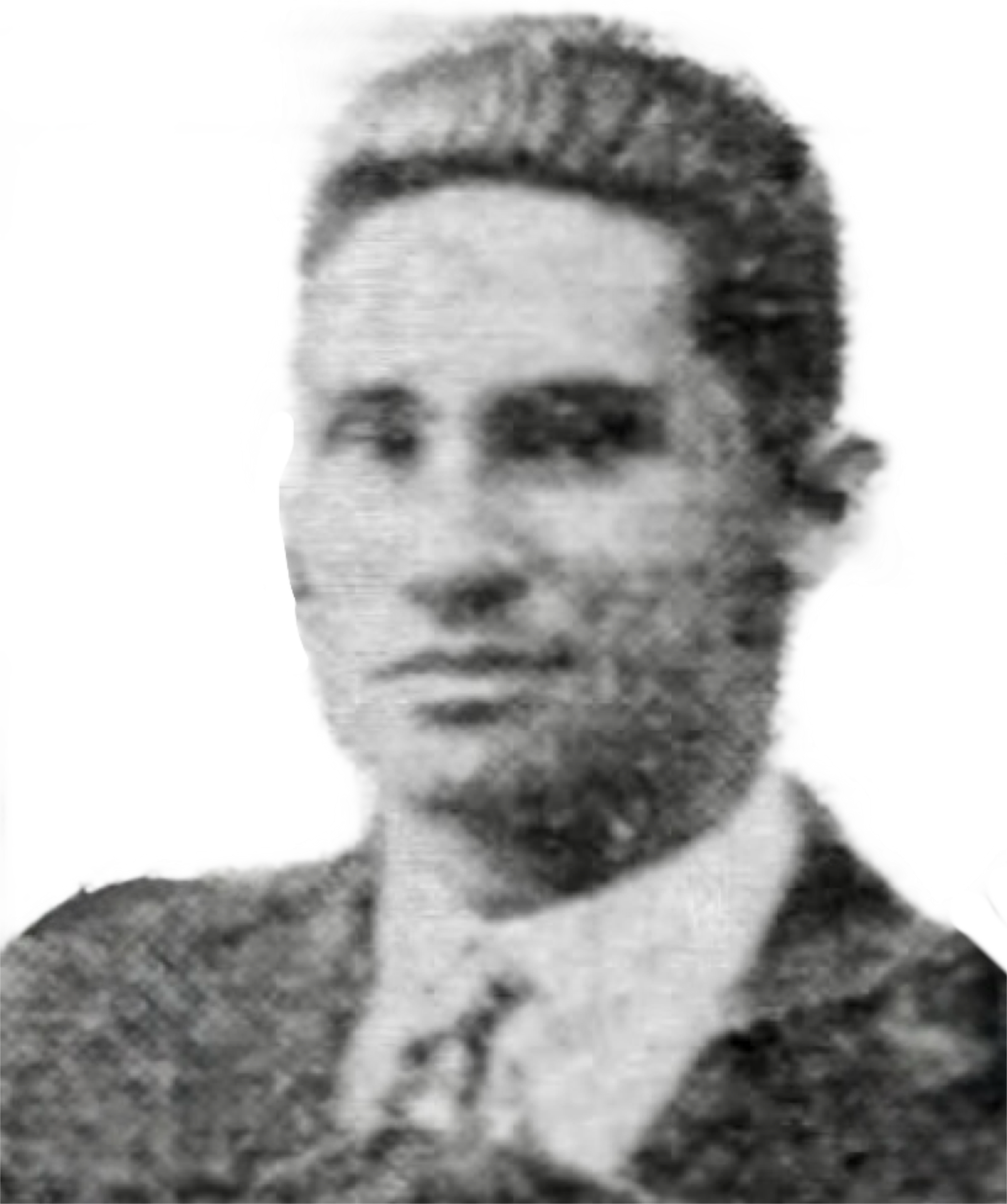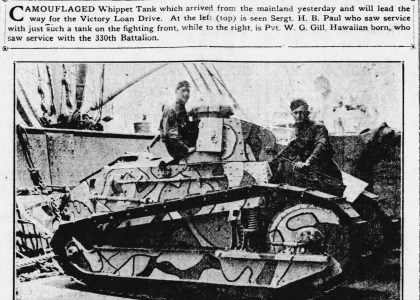
Louis Julian Gaspar was born on August 19, 1899, in Honolulu, in the Territory of Hawaii. He was the son of Julian and Mary Gaspar, who lived in Nuʻuanu Valley (Find a Grave, n.d.). Raised in Honolulu, Gaspar was a student at Saint Louis College (now Saint Louis School), a Catholic institution known for producing many of Hawaiʻi’s early civic and military leaders.
As a student, he was active in campus life and graduated in 1917 at the age of 17. His class photo and reports from the time show a tall, slender young man with ambition and patriotic fervor (Honolulu Star-Advertiser, 1916, December 22, p. 6).
By June 1917, barely out of school, Louis registered for military service. His enlistment was announced publicly, and he became part of a wave of young men from Hawaiʻi who volunteered or were called up to serve in the war (Honolulu Star-Advertiser, 1917, June 10, p. 6).
Training and Service with the 2nd Engineers
Gaspar was assigned to Company F, 2nd Battalion, 2nd Engineers, part of the U.S. Army’s 2nd Division, American Expeditionary Forces (A.E.F.) (Find a Grave, n.d.). His unit was critical to battlefield operations: the 2nd Engineers were often responsible for building roads, repairing bridges, and laying or clearing barbed wire—often while under enemy fire.
Before deploying, he trained at Schofield Barracks and was among a small number of Hawaiʻi-born men to be assigned to one of the Army’s most active divisions. His presence in the 2nd Division placed him near the front lines in France throughout the fall of 1918.
Killed in Action: Bayonville, France
On November 1, 1918, just ten days before the Armistice, Private Louis Gaspar was killed in action during the Meuse-Argonne Offensive. He was 19 years old (Find a Grave, n.d.). His death occurred near Bayonville, France, a site of fierce fighting as U.S. forces pushed toward German lines in one of the final operations of the war.
His parents, who were still living in Honolulu, received notification by cable. The news of his death was reported by both the Honolulu Star-Advertiser and Honolulu Star-Bulletin, which referred to his “gallant service” and “sacrifice for the ideals of democracy” (Honolulu Star-Bulletin, 1918, October 5, p. 40; Honolulu Star-Advertiser, 1918, November 24, p. 2).
Burial and Memorial
Private Gaspar is buried in Meuse-Argonne American Cemetery and Memorial, in Romagne-sous-Montfaucon, France. His grave is located in Plot H, Row 25, Grave 10 (Find a Grave, n.d.). The white marble headstone is engraved with his name, unit, and the word “Hawaiʻi”—a lasting mark of his home and origin.
“Gaspar was a brave and cheerful soldier… beloved by his officers and comrades.”
— Honolulu Star-Advertiser, Nov. 24, 1918, p. 2
Though only a teenager when he enlisted, Gaspar gave his life during one of the most pivotal battles of the war. He was part of a generation of Hawaiʻi men who answered the call to service despite the islands’ political limbo as a U.S. territory.
His parents, Julian and Mary, remained in Honolulu, where they were later recognized as a Gold Star family. Their son’s name is listed among those honored at the Waikiki War Memorial Natatorium..
Sources Cited
Find a Grave. (n.d.). PVT Louis Julian Gaspar (1899–1918). Retrieved May 22, 2025, from https://www.findagrave.com/memorial/55992636/louis-julian-gaspar
Honolulu Star-Advertiser. (1916, December 22). St. Louis graduates to be honored, p. 6.
Honolulu Star-Advertiser. (1917, June 10). Honolulu boys enlist for national service, p. 6.
Honolulu Star-Bulletin. (1918, April 13). Hawaii’s quota trains for war, p. 24.
Honolulu Star-Bulletin. (1918, October 5). Private Gaspar reported killed in action, p. 40.
Honolulu Star-Advertiser. (1918, November 24). Gaspar remembered by comrades, p. 2.

